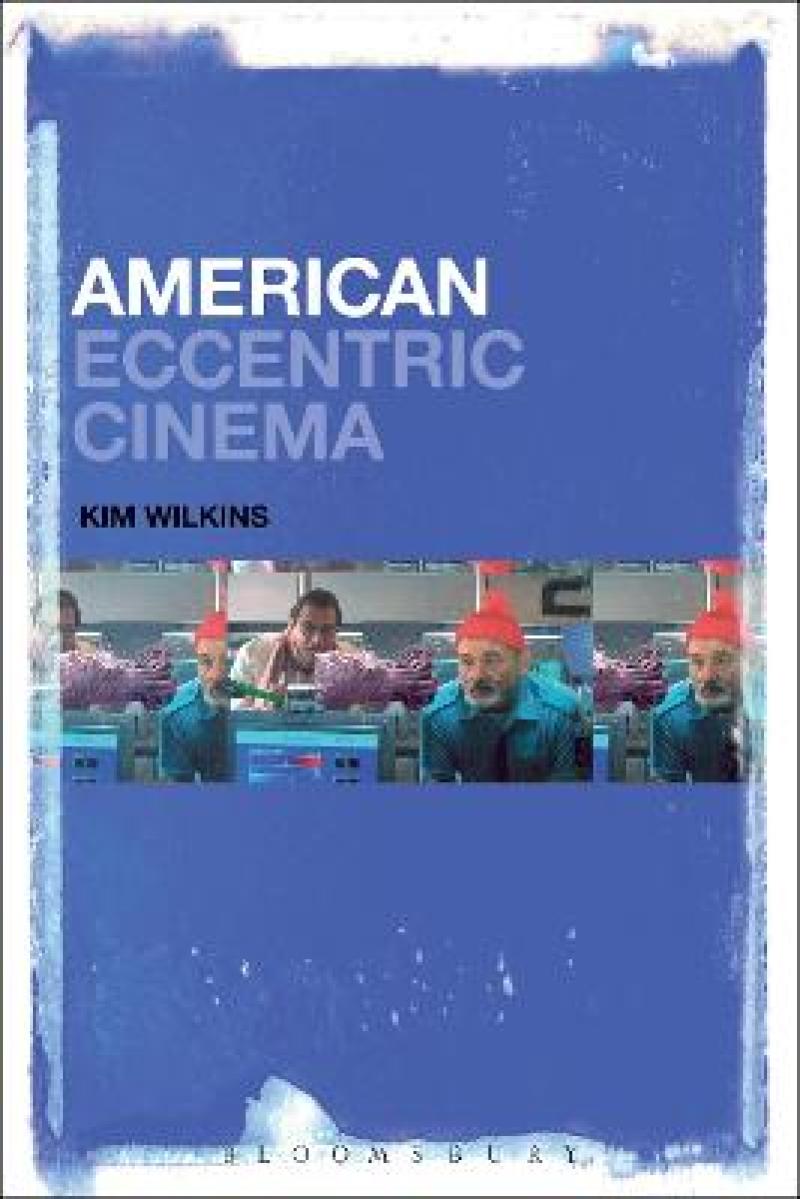[Wilkins] provides readers with thought-provoking and perspective-changing ideas of eccentric cinema and its motives.
Film Matters
<i>American Eccentric Cinema</i> restores politics to the core of the indie agenda, deftly tracing the contours of some of the most critically and popularly successful films of the contemporary era as symptoms of - but also challenges to - the anxieties and divisions of neoliberal society. Kim Wilkins’ welcome take on this sector brings the central debates in scholarship on American independent cinema into conversation with some of the most pressing social and political developments of the moment.
Claire Perkins, Senior Lecturer in Film and Screen Studies, Monash University, Australia
I was highly impressed by every dimension of this superb work. Focused on American films of especially the last two decades, its foundation establishes its perspective as a historical counterpoint to the existential cinema of the 1960s and 1970s, and then builds a fairly intricate framework on notions of "irony with sincerity" and a mode of cultural and personal anxiety that is "essentially objectless." As a mode that inflects different contemporary genres, for Wilkins, these films mobilize four textual characteristics: 1) transgressions and subversions, 2) "hyper-dialogue," 3) pure cinematic characterizations, and 4) "eccentric" cinematic worlds. Each chapter lucidly follows these textual strategies, anchored in some quite brilliant and often original readings of individual films. Throughout, the research and writing are impeccable, wide-ranging, and stylish.
Timothy Corrigan, Professor of Cinema and Media Studies, University of Pennsylvania, USA, and author of The Essay Film: From Montaigne, After Marker (2011)
This is a remarkable book that successfully identifies and delineates a peculiar mode of contemporary American cinema. Kim Wilkins achieves this feat by cultivating a wealth of invaluable concepts – from general theories of neoliberalism, existential anxiety, irony, and sincerity, to specifically filmic notions of hyper-dialogue, overtly cinematic characters, and idiosyncratic cinematic worlds. <i>American Eccentric Cinema</i> is thoroughly researched, well-organized, and lucidly written.
Warren Buckland, Reader in Film Studies, Oxford Brookes University, UK
Acknowledgements
Introduction
Neoliberal Citizenship and the Eccentric
Locating the Eccentric in Cinema
New Hollywood and Eccentric Connections
Chapter One: Defining American Eccentricity
Indie and Eccentricity
American Eccentricity and Irony
Anxiety
Eccentricity
Chapter Two: Road Films and National Identity
American Eccentricity and Genre
The Eccentric Road Film: From Easy Rider to The Darjeeling Limited
The Road and Kaufman’s Mind Trips
Chapter Three: Overtly Cinematic Characterization
Overtly Cinematic Characters and Audience Identification
Wes Anderson and Overtly Cinematic Characterization
Eccentric or ‘Smart’ Characterization?
Wes Anderson’s Eccentric Characters
Chapter Four: Hyper-Dialogue and the Eccentric Manner
The Shift from New Hollywood Naturalism to Eccentric Hyper-Dialogue
Dialogue and Convention
Hyper-Dialogue and Performance
Hyper-Dialogue as Dramatic Function
Hyper-Dialogue and Sincerity
Chapter Five: Eccentric Worlds
Eccentric Deviations from Realism
Eccentricity and the Intertextual World
Eccentric Cities: Magnolia
Conclusion: Beyond Eccentricity
Ripples of Eccentricity
Outside the Box
Index
Filmography
Bibliography
